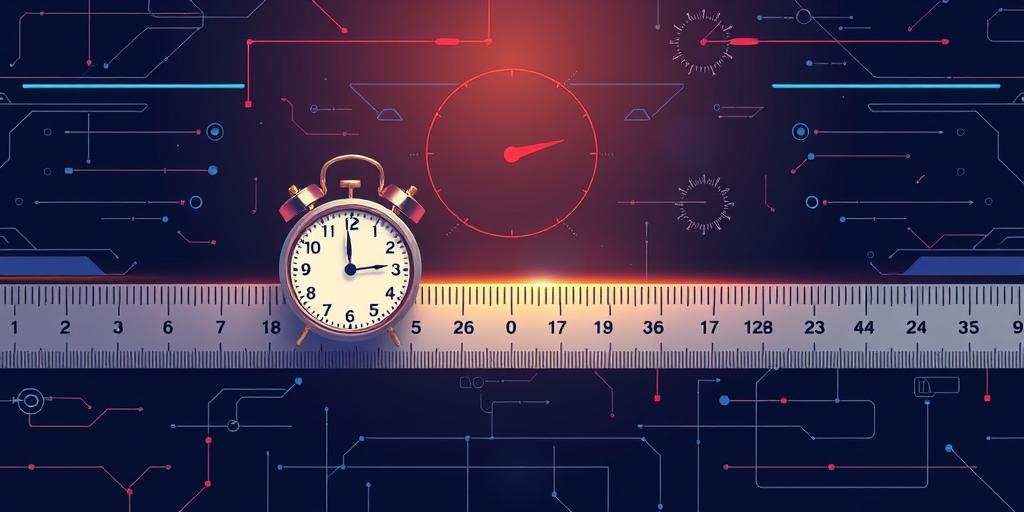Special Relativity Explained: Time Dilation and Length Contraction
Special relativity, a cornerstone of modern physics, introduced by Albert Einstein in 1905, revolutionized our understanding of space and time. Two of its most intriguing concepts are time dilation and length contraction, which challenge our everyday intuitions about the universe.
The Postulates of Special Relativity
Before diving into time dilation and length contraction, it's crucial to understand the two fundamental postulates upon which special relativity is built:
- The laws of physics are the same for all observers in uniform motion. This means that regardless of how fast you're moving at a constant speed in a straight line, the laws of physics will appear the same to you.
- The speed of light in a vacuum is the same for all observers, regardless of the motion of the light source. This is perhaps the most mind-bending postulate. It implies that whether you're standing still or moving at a significant fraction of the speed of light, you will always measure the speed of light to be approximately 299,792,458 meters per second.
Time Dilation: The Slowing of Time
Time dilation refers to the phenomenon where time passes differently for observers in relative motion. Specifically, time slows down for an object as its speed increases relative to a stationary observer. The faster an object moves, the slower time passes for it, relative to an observer on Earth.
The equation governing time dilation is:
Δt' = γΔt
Where:
- Δt' is the time interval measured by the moving observer.
- Δt is the time interval measured by the stationary observer.
- γ is the Lorentz factor, given by:
γ = 1 / √(1 - v²/c²)
Where:
- v is the relative velocity between the observers.
- c is the speed of light.
As the velocity (v) approaches the speed of light (c), the Lorentz factor (γ) increases, causing the time interval measured by the moving observer (Δt') to be smaller than the time interval measured by the stationary observer (Δt). This means time is passing more slowly for the moving observer.
Practical Implications and Examples
- GPS Satellites: GPS satellites experience time dilation due to their high velocities relative to observers on Earth. Without accounting for this effect, GPS systems would quickly become inaccurate.
- Muon Decay: Muons are subatomic particles with a short lifespan. They are created in the upper atmosphere by cosmic rays. Due to time dilation, muons traveling at high speeds appear to live longer from our perspective on Earth, allowing them to reach the surface before decaying.
Length Contraction: The Shortening of Lengths
Length contraction is another consequence of special relativity, where the length of an object in motion appears to shorten in the direction of motion. This effect is only noticeable at relativistic speeds, close to the speed of light.
The equation for length contraction is:
L' = L / γ
Where:
- L' is the length of the object as measured by the moving observer.
- L is the length of the object as measured by a stationary observer.
- γ is the Lorentz factor (as defined in the time dilation section).
As the velocity increases, the Lorentz factor increases, causing the length measured by the moving observer (L') to be shorter than the length measured by the stationary observer (L).
Practical Implications and Examples
- Particle Accelerators: In particle accelerators, particles are accelerated to velocities approaching the speed of light. From the perspective of the particles, the length of the accelerator appears to contract, allowing them to travel a shorter distance and thus reach higher speeds with less energy expenditure.
- Cosmic Travel: If humans were to travel at relativistic speeds, the distances to stars would appear shorter due to length contraction, making interstellar travel more feasible (though still incredibly challenging).
Conclusion
Time dilation and length contraction are two of the most fascinating predictions of Einstein's theory of special relativity. While they might seem counterintuitive, they have been experimentally verified and are essential for understanding the behavior of objects at relativistic speeds. These concepts challenge our classical notions of space and time, providing a deeper insight into the nature of the universe. Understanding these phenomena is not just an academic exercise; it has practical applications in technologies we rely on every day, such as GPS systems, and opens up possibilities for future technologies like advanced particle accelerators and interstellar travel.









